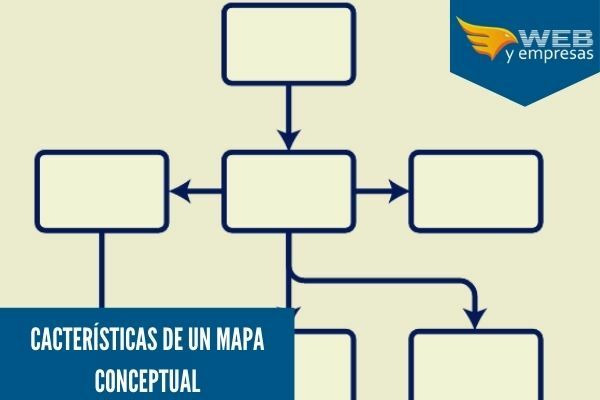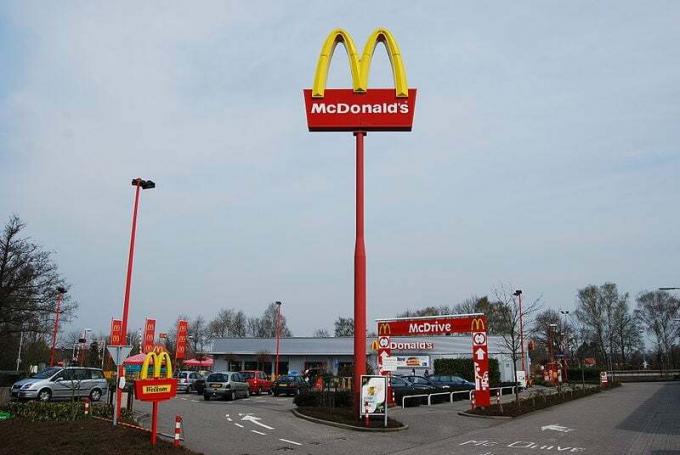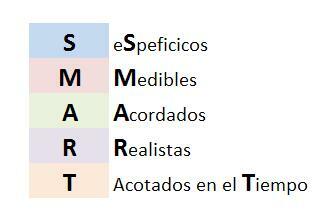The main characteristics of a concept map, focus on the need to increase personal autonomy in learning, critical thinking, creativity and reinforcing the ability to ask and answer new questions satisfactorily.
It is a learning technique that is based on making diagrams of concepts in the form of a network, where the concepts are connected to each other through lines or arrows that are directed according to the way they are relate. For the relationship to be successful, the content must be mastered and thus ensure good learning on the subject.
Advertisements

In this article you will find:
Main characteristics of a concept map
The main characteristics of a concept map They are concise and differ from other tools that represent knowledge, among them are:
Advertisements
1. Parking lot
When starting to develop the concept map, it is very useful to make a list that identifies some key concepts that should be included. The list follows an order, according to the level of importance, from the most general to the most specific.
This list is known as parking, because it mobilizes the concepts to the map depending on where they fit correctly.
Advertisements
2. Link crossing
The inclusion of cross links is another of the characteristics of a concept map very important. It is based on the relationship that exists between the concepts in different segments within the map.
These links help to visualize how a concept with domain of knowledge, is linked with another dominant concept that is within the map. In the development of new knowledge, these links can represent creative leaps by the person who generates the knowledge.
Advertisements
3. Hierarchical structure
Mostly this type of map is organized hierarchically, indicating that general concepts should be placed at the top of the map and those that are more specific have to be placed below them, this means that hierarchical concept maps should be read from top to bottom. down.
Despite this, the structure of a concept map does not have to be limited to this type of structure, because it also can be done freely, that is, you can start from the central part and extend the information to outside.
Advertisements
4. Focus question
In general, these maps must be made based on a question of focus, where a problem or issue that is sought to be solved arises, it is a good way to delineate the context, since a question that clearly specifies a problem or issue could solve it more easily and lead it to be much more rich.
5. Nodes
The nodes are usually boxes or circles that are used to represent each of the ideas or concepts. They can be of different sizes, everything will depend on the hierarchy you have within the map. The general nodes that go to the top are mostly larger than the specific ones that follow.
6. Proportional structure
This type of map allows you to illustrate a series of important propositions on a certain topic. Every two or more concepts together with the linking phrases, form a sentence known as a proposition.
7. Underlying theory
These maps focus on the fact that new knowledge could be learned more efficiently by relating it to existing knowledge. known and that is why concept maps are considered as an effective methodological tool of the assimilation theory of Ausubel.
8. Building new knowledge
The construction of this type of map allows to live a learning process where new knowledge can be acquired and the knowledge already obtained can be improved or restructured. In this way, other meanings are internalized and information that cannot be understood is not repeated.
9. Elements
In order for a concept map to be made correctly, it is necessary to understand four elements, which are essential characteristics for its preparation:
|
|
|
|
The characteristics of a concept map are used to learn to make links of different concepts that are related to each other to develop a specific topic, where certain knowledge tools are also used that will represent the structure of the theme. If you are interested in seeing similar topics, we recommend that you visit our website.
Sources and References:
- Cañas A. & Novak J. (June 2021) What is a Concept Map.?
- Ontoria. TO. (1992). Characteristics of Concept Maps.
- Ligman. L (June 2021) The Ultimate Guide to Concept Maps: From Its Origin to Concept Map Best Practices.


